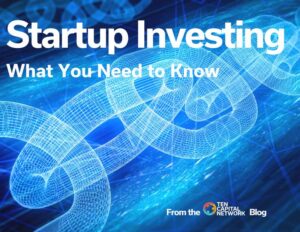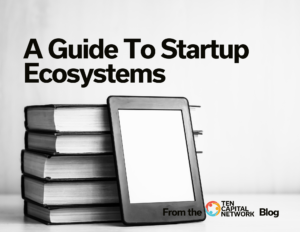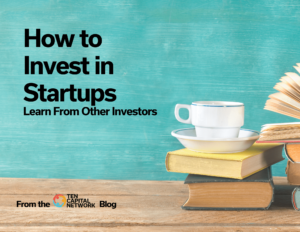
The Importance of Diversity in Your Portfolio
1 min read The Importance of Diversity in Your Portfolio According to a Harvard Business Review study on increasing diversity in venture capital partnerships, the

1 min read The Importance of Diversity in Your Portfolio According to a Harvard Business Review study on increasing diversity in venture capital partnerships, the

2 min read To Invest or Not to Invest In the startup world, everyone has a grand idea, but how do you know when to

2 min read What Investors Look For So you’re about to raise funding for your startup and wonder what investors look for. Startups can be pretty

2 min read Startup Investing: What You Need to Know Startup investing is an attractive venture for many in the world of investing. Before investing

1 min read Bootstrapping Your Business At its core, bootstrapping is about starting your business from the ground up without the help of outside sources.

2 min read The Many Startup Investor Types and Who is Right for Your Deal? There are many kinds of startup investors today. Venture Capital,

2min read Building a Financial Model Building a financial model is an important aspect of running a startup and achieving investor funding. Below, we learn how

2min read Guide to Startup Ecosystems If you are a serial entrepreneur or are otherwise serious about startups, building a startup ecosystem may be an attractive

2min read How to Invest in Startups: Learn From Other Investors As an investor, I helped launch three angel networks in Texas. In the process,